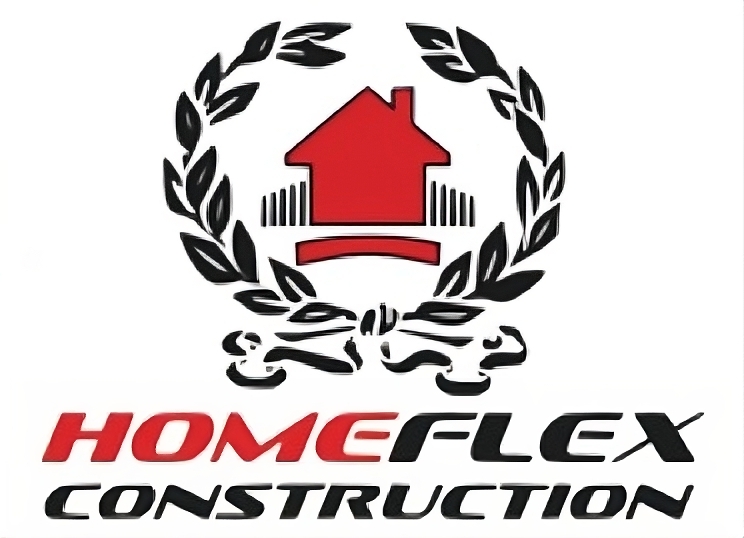In New York City’s fast-paced, high-maintenance urban landscape, owning or managing a commercial masonry building comes with unique challenges. From constant weather exposure to structural wear and tear, commercial properties built with brick, stone, or concrete require regular upkeep to remain safe, functional, and visually appealing. But masonry maintenance doesn’t have to be a financial burden.
By applying strategic care, proactive planning, and smart investments, you can significantly lower long-term maintenance expenses while preserving the value and integrity of your building. Whether you manage a retail storefront, office space, or mixed-use property, this guide will help you discover how to reduce maintenance costs for your commercial masonry building without cutting corners.
8 Proven Ways to Lower Masonry Maintenance Costs Without Sacrificing Quality
1. Conduct Regular Professional Inspections
Annual or bi-annual inspections can save you thousands by catching minor issues before they escalate into costly repairs. Look for cracks, loose bricks, deteriorating mortar, water stains, and signs of bulging. These red flags often signal underlying problems like water infiltration or foundation settling. Hiring a qualified masonry inspector ensures accurate diagnosis and early intervention, which always costs less than structural overhauls.
2. Invest in Preventive Maintenance, Not Just Repairs
Preventive maintenance is more affordable than reactive repairs. Routine tuckpointing, sealing, and joint maintenance help extend the lifespan of your masonry and delay the need for expensive restoration. For commercial buildings, preventive upkeep should be scheduled in advance, ideally before winter and again after, to prevent damage caused by freeze-thaw cycles, salt, and moisture.
3. Upgrade Your Drainage and Gutter Systems
Water is one of the most damaging forces for masonry. Poor drainage leads to pooling near the foundation, causing cracks, leaks, and structural instability. Make sure your gutters are clear and correctly pitched, and that downspouts direct water away from the building. Installing or repairing flashing and weep holes can also help keep your masonry dry, saving significant repair costs down the line.
4. Use Durable, Compatible Materials
When repairs are needed, using the correct materials is critical. Incompatible mortar or patching compounds may be cheaper in the short term, but they can accelerate deterioration and trigger future problems. Always match the repair material to the original structure in terms of strength, porosity, and appearance. For commercial properties, it’s worth spending a bit more on durable, time-tested materials that minimize repeat repairs.
5. Work With Licensed, Experienced Masonry Contractors
A reputable contractor won’t just do the job right, they’ll also help you prioritize repairs based on urgency and budget. Experienced professionals understand the local climate, building codes, and commercial property standards. They can identify efficient repair methods, avoid over-engineering, and prevent costly mistakes. Always check credentials, request references, and get detailed written estimates before hiring.
6. Bundle Projects to Reduce Labor and Permit Costs
When you spread out small repairs over time, you end up paying repeated mobilization fees, permit costs, and inspection charges. Instead, group multiple maintenance tasks together. If you need repointing, caulking, and sealing done, do them in one go. This reduces overhead, minimizes disruptions to your tenants or business, and ensures long-term structural consistency.
7. Apply Water-Repellent Sealants Strategically
Water-repellent treatments can greatly reduce maintenance needs if applied correctly. These breathable coatings protect against rain and pollution while allowing trapped moisture to escape, preventing cracks, spalling, and efflorescence. Make sure to use products specifically designed for masonry, and only apply them after necessary repairs are completed. One well-timed sealant job can prevent years of water-related damage.
8. Train On-Site Staff to Monitor and Report Issues
Your janitors, security personnel, or building engineers are on-site daily and can serve as the first line of defense. Train them to recognize common signs of masonry wear, such as cracks, staining, or loose material. A simple checklist and visual inspection routine can empower your staff to report issues early, reducing the chance of expensive surprises.
Conclusion
Owning or managing a commercial masonry building in NYC can come with hefty upkeep bills, but it doesn’t have to. By focusing on prevention, choosing high-quality materials, and working with experienced professionals, you can dramatically reduce long-term maintenance costs while preserving the structural beauty and safety of your property.
The key is to think long-term. Every proactive step you take, from inspections to sealing, is an investment in fewer headaches and lower bills down the road. And in a city where real estate value is everything, a well-maintained masonry exterior not only protects your building but also enhances curb appeal, rental value, and tenant satisfaction.
Ready to take control of your building’s masonry health? Reach out to our NYC-based experts for an affordable, customized maintenance plan designed to protect your investment and your bottom line.
